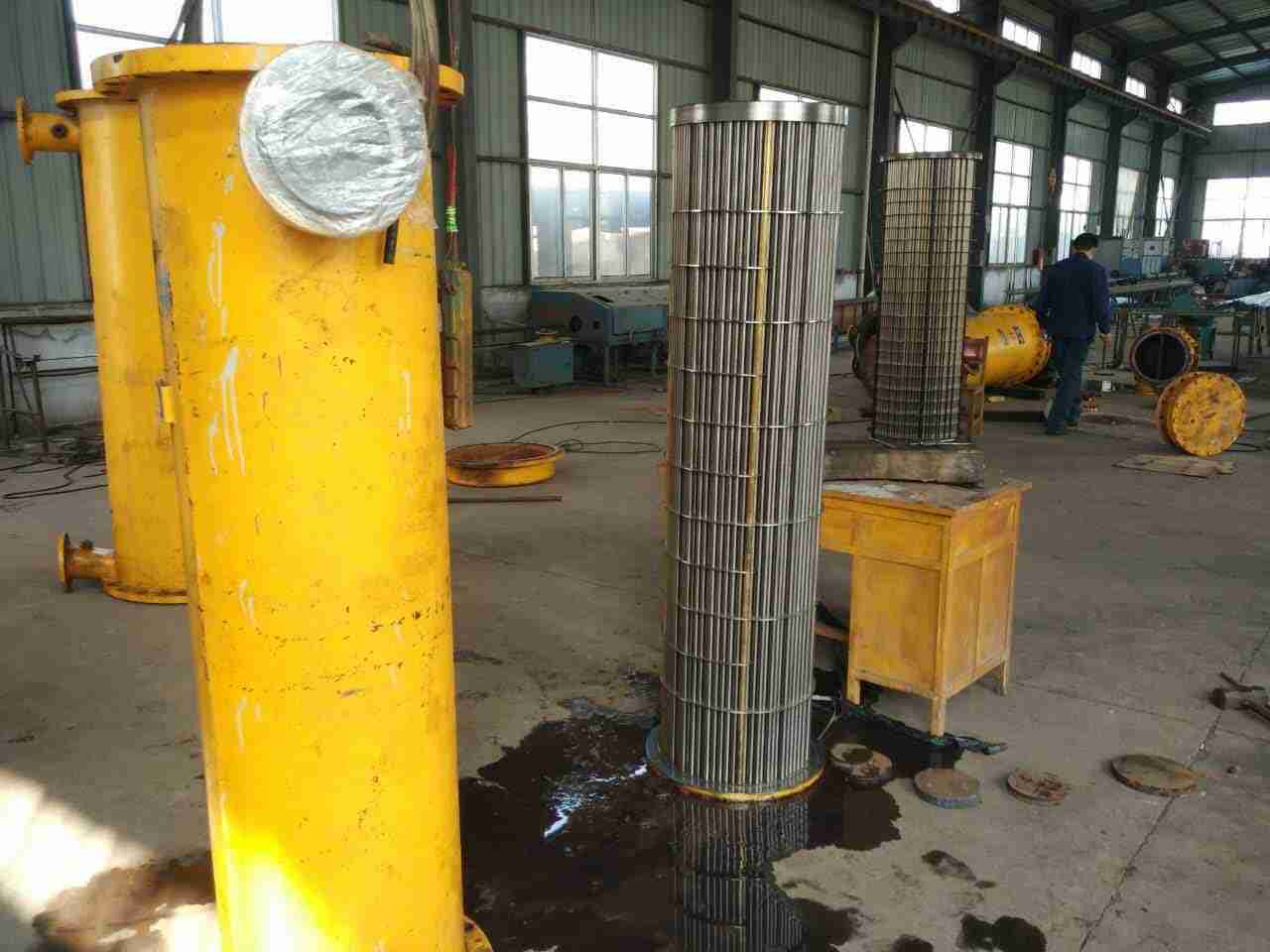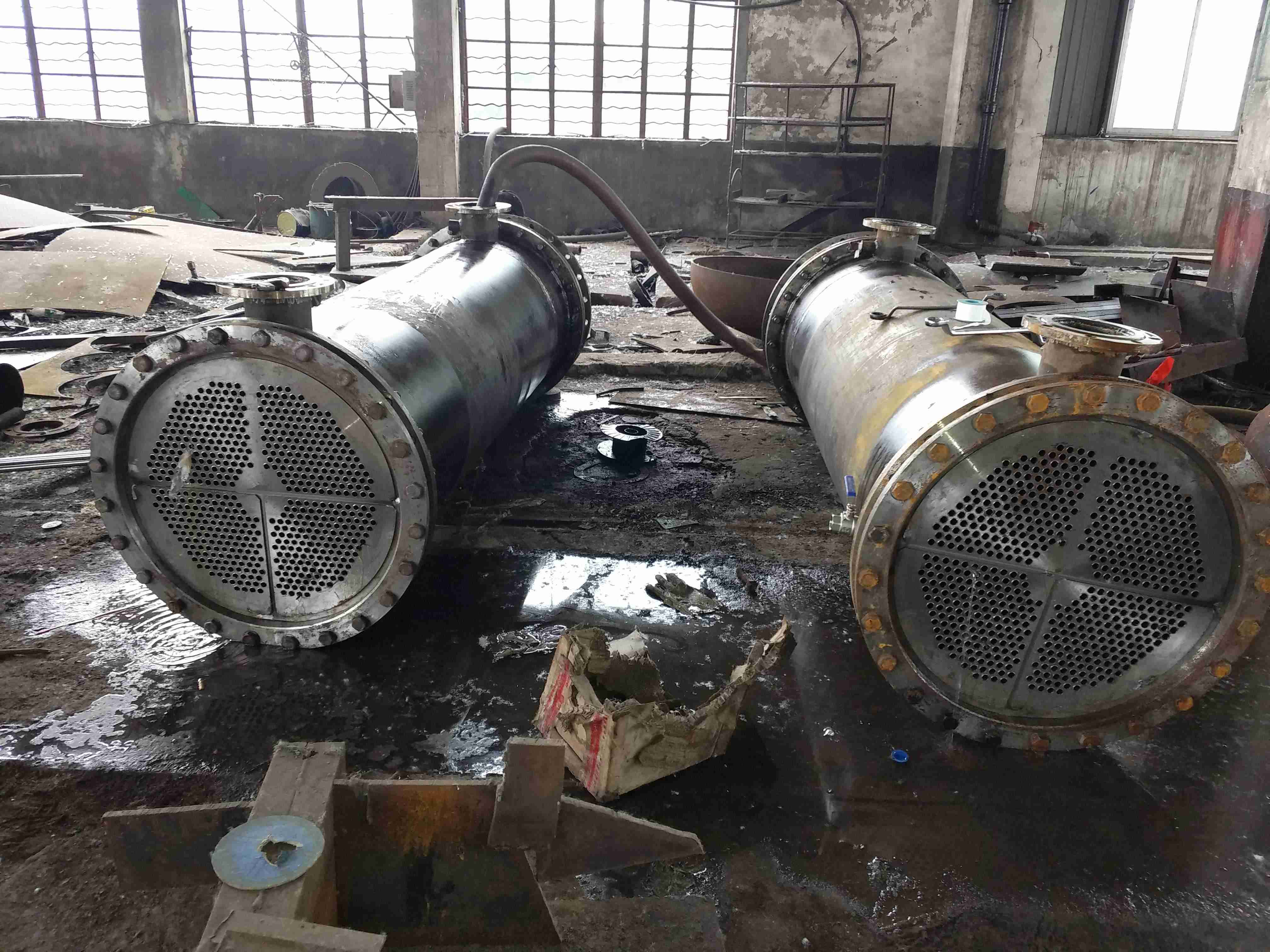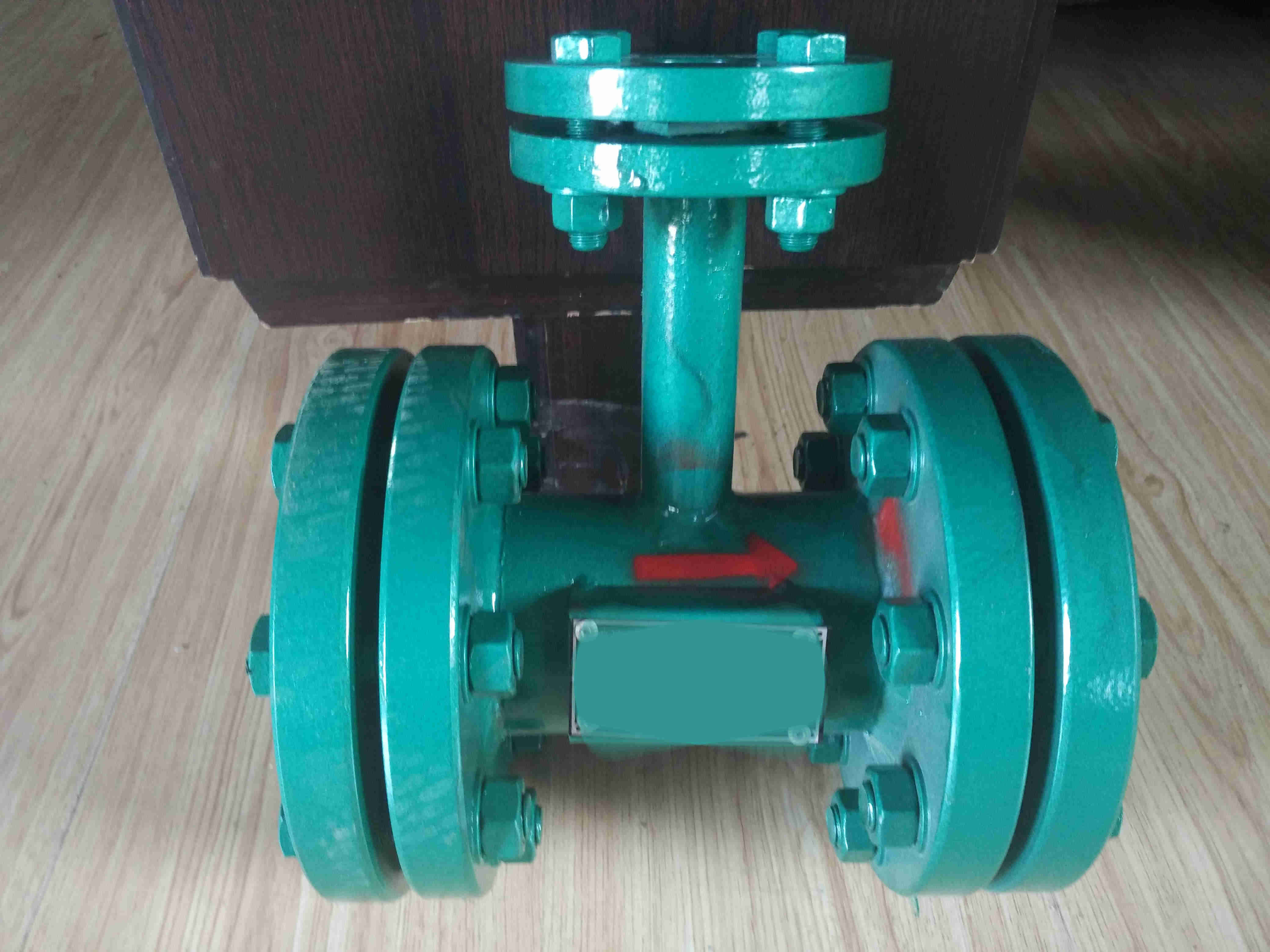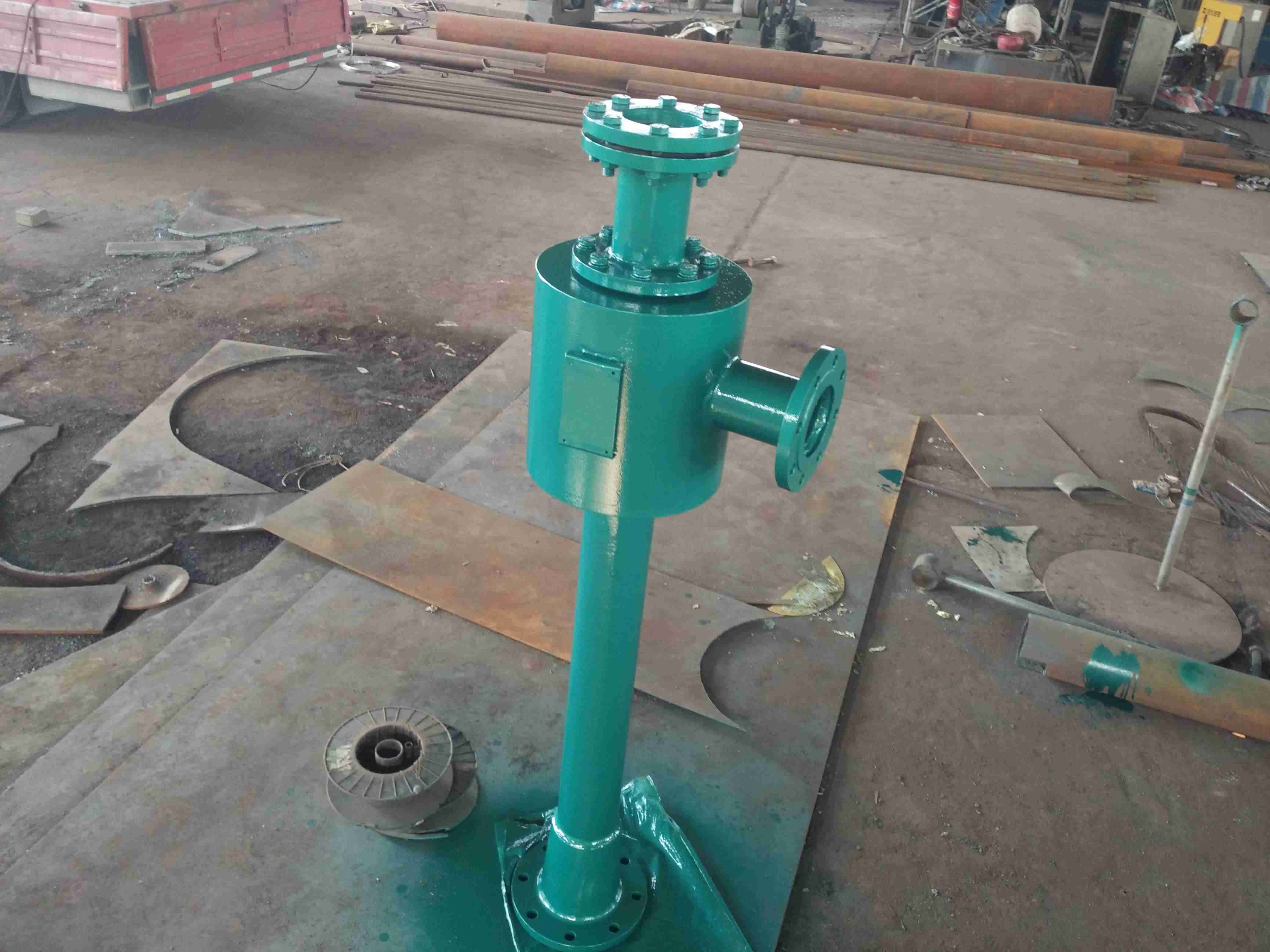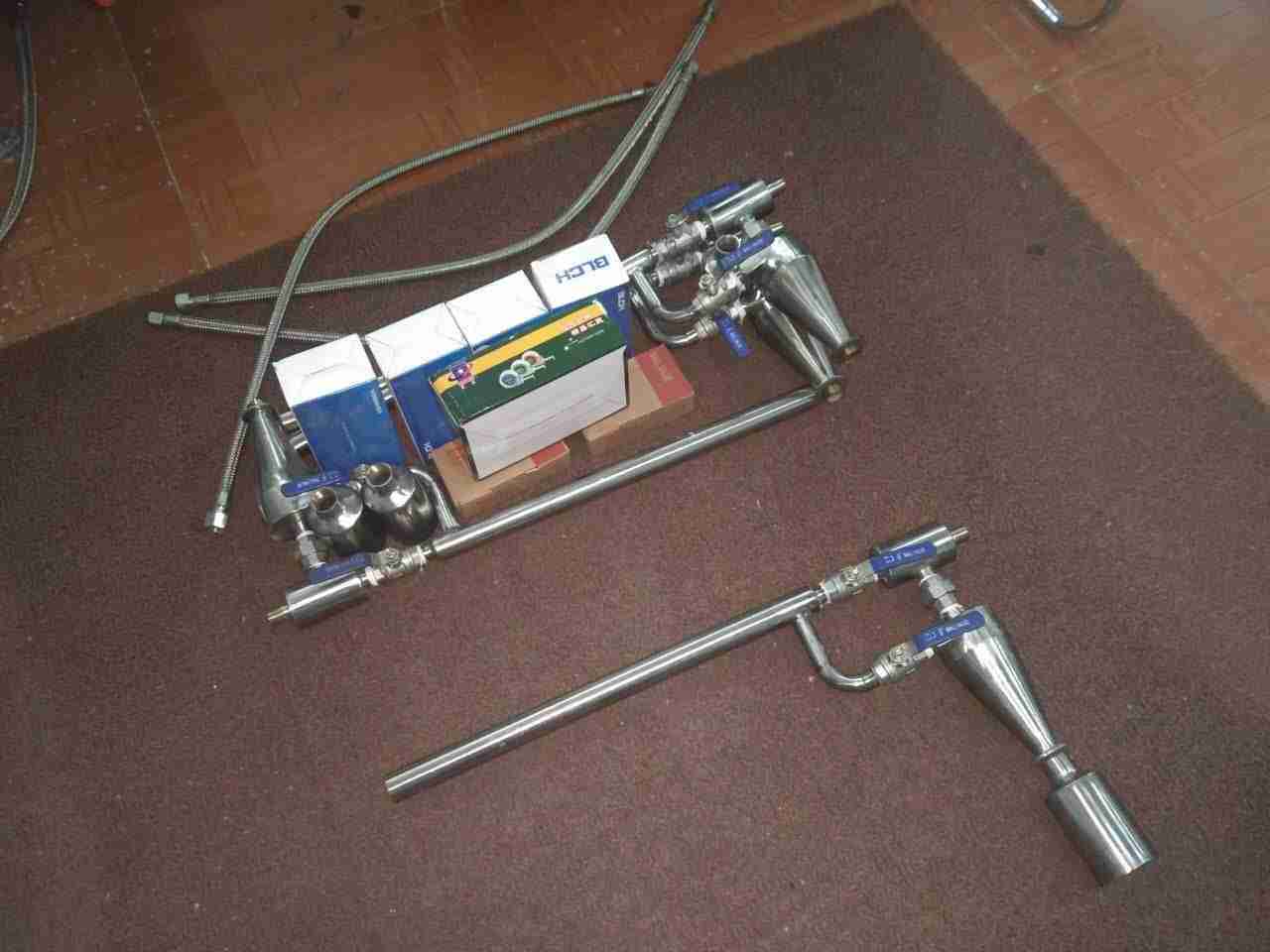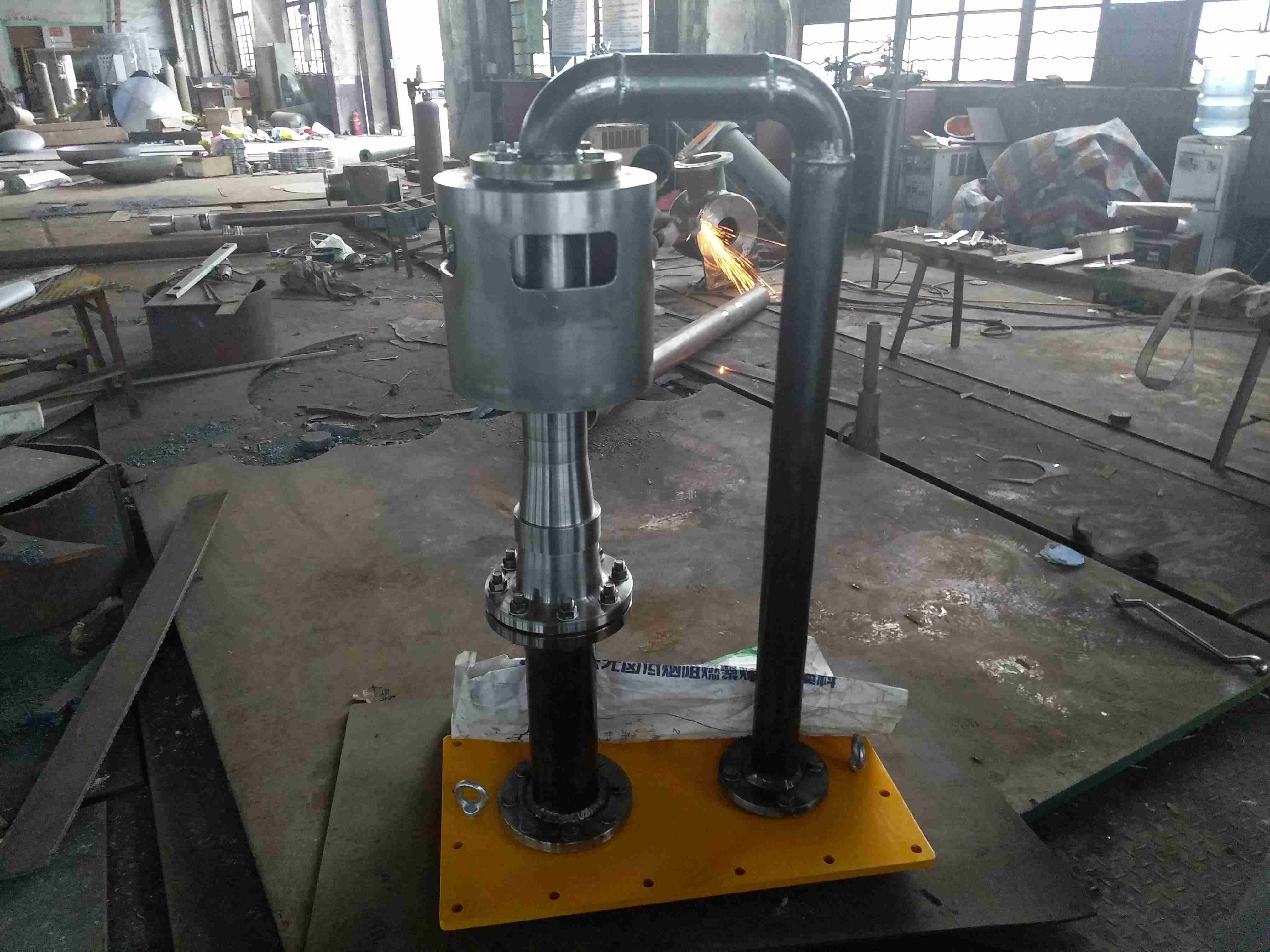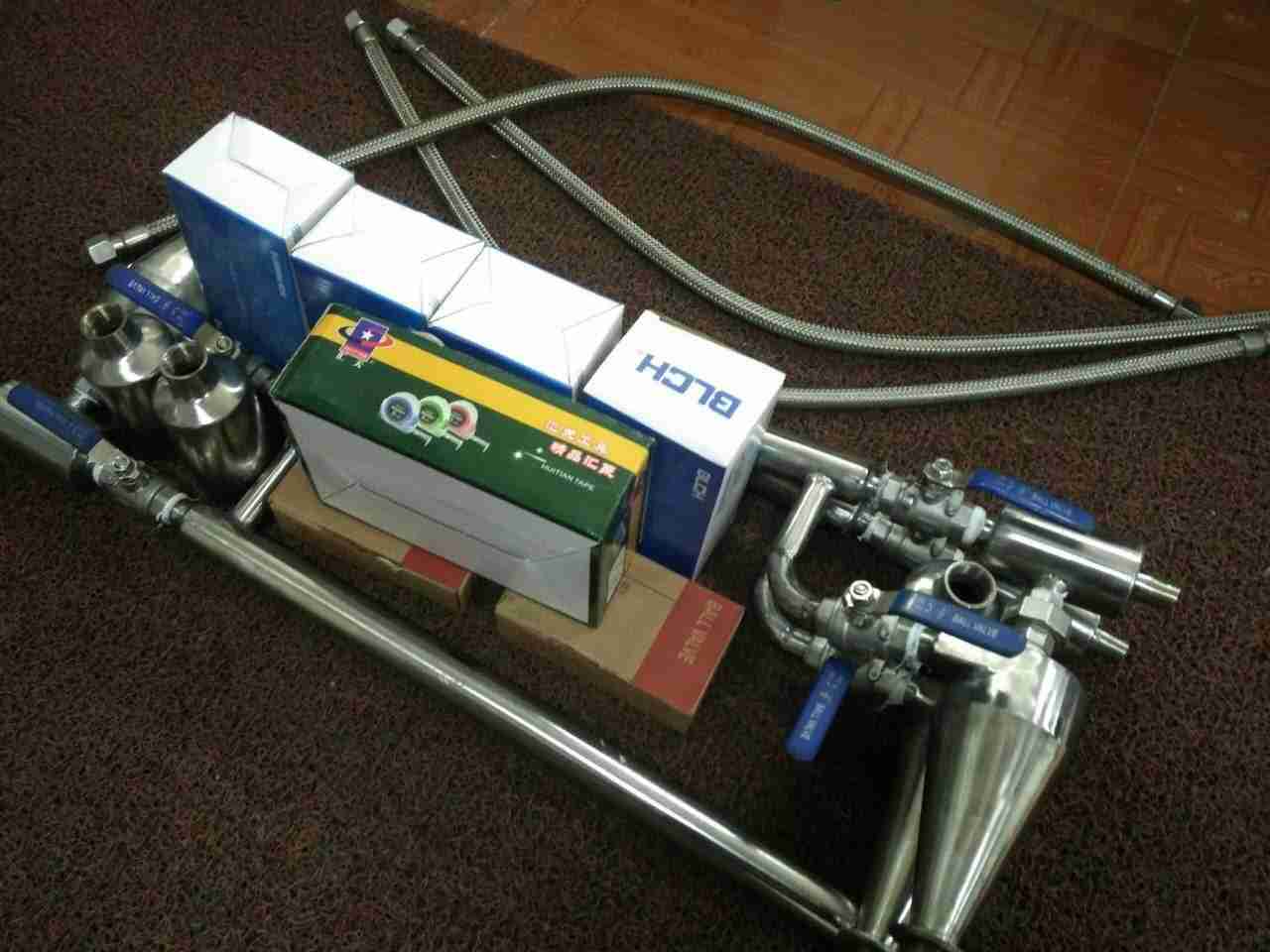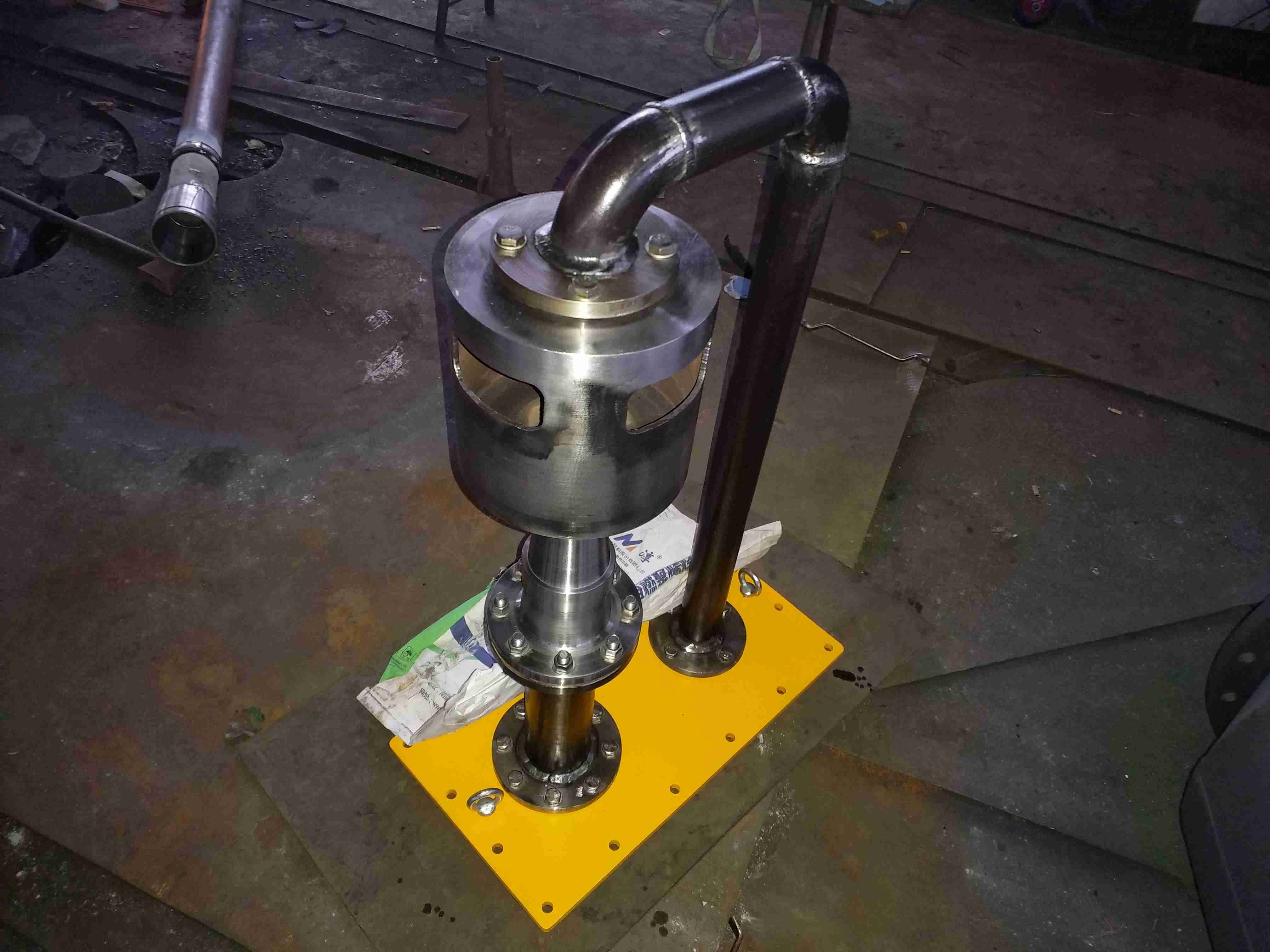Introduction to small hole injection muffler:
A small hole injection muffler is also known as a diffuser. It sprays gas from high-pressure vessels through several layers of small orifice plates to reduce noise. This consumer has the advantages of simple structure, convenient construction, low cost, long lifespan, and is effective in reducing air pollution and reducing consumption.
The small hole injection muffler is a generation of noise reduction products developed in the 1990s. Based on the principle of large hole pressure reduction injection muffler, through chemical design, its noise reduction indicators, safety, and use are far superior to similar products in the market. It can meet various parameters of boilers in industries such as power, metallurgy, petroleum, chemical, textile, papermaking, and food, such as low pressure, high pressure, sub high pressure, high pressure, and subcritical The need for noise reduction in the exhaust of steam (gas) from pressure vessel pipelines and their safety valves and release valves.
principle
A small hole injection muffler is also known as a diffuser. It sprays gas from high-pressure vessels through several layers of small orifice plates to reduce noise. The principle of noise reduction can be summarized as follows:
1. Gas flows between the orifice plates of the muffler and is then sprayed out through small holes. Due to different impedance cross-sections, some sound waves return to the sound.
2. Due to the fact that sound power is directly proportional to the high power of gas flow rate, and gas flow rate is directly proportional to pressure drop, gas is sprayed out through several layers of orifice plates, which disperses pressure drop and reduces gas flow rate, thereby reducing sound power.
3. The relationship between the peak value f of sound frequency and the emission diameter d during gas emissions is as follows. Equation - C - Sound velocity, m/s, dependent on the sound transmission medium and temperature; D - Gas channel aperture, m; So - Strouhal number.
From the above equation, it can be seen that the smaller the aperture d, the larger the peak f of the audio frequency. When f exceeds 20000Hz, it becomes sound and cannot be heard by human ears. This is the frequency shifting effect of the small hole injection muffler.
--
1. Aerodynamics - good performance - can meet the process requirements of exhaust volume less than 5%.
2. It can reduce exhaust pressure, decrease exhaust speed, and has a large sound resistance. Therefore, when sound energy is injected through small holes, there will be significant loss.
3. It has an up frequency response, which can extend most of the sound energy to the frequency range that is not sensitive to the human ear or the sound frequency range that is perceived by the human ear, greatly reducing interference noise. Due to the greater absorption of high-frequency by the atmosphere compared to high-frequency, it greatly decays with increasing transmission distance, which will greatly improve environmental benefits.
Basic Requirements
As an efficient muffler- Generally, the following three conditions need to be met:
1. Have good noise reduction capability, which requires the muffler to have a relatively high noise reduction frequency and sufficient noise reduction within the required range of noise reduction frequencies.
2. It has good aerodynamic performance and requires the muffler to have minimal airflow loss. After installing the muffler, the increased resistance loss does not affect the equipment's working efficiency, ensuring smooth intake and exhaust.
3. In terms of structure and energy, it is required that the muffler has a small volume, a simple structure, is easy to process, economical to use, and generates noise.
The above three requirements are interrelated and mutually restrictive, but they can also be adjusted according to specific circumstances, and none of them can be neglected.
Design suggestions
1. To prevent the blockage of small holes and the difficulty of processing them, the diameter of small holes can be selected within the range of 1-3 millimeters (which should meet the condition of b>=8d), and a certain amount of noise reduction can still be maintained.
2. To further improve the noise reduction, throttling and pressure reduction can be combined with small hole injection. This type of muffler can be used under high working pressure.
3. Small hole silencers can also be used in situations where the working medium is steam, and can also achieve significant noise reduction results.
Silencer type:
1. Silencers have the advantages of absorbing high-frequency sound, simple processing and manufacturing, and are generally used for noise reduction in fan types such as air conditioning fans, compressors, gas turbines, and blowers.
2. Anti muffler has strong targeting, low-frequency sound absorption effect, and does not require sound absorption materials, etc- It can only be used for small pipe exhaust noise reduction, such as for automobiles, ships, diesel engines, etc.
3. Impedance type mufflers have a wide noise reduction frequency band and are suitable for safety purposes. Mainly used for noise reduction with high sound but low frequency broadband noise. Such as steam turbines, deaerator, expansion vessels, small displacement safety valve exhaust, etc.
4. Small hole type mufflers have low frequency broadband noise reduction energy, small aperture can improve the sound absorption coefficient, low porosity can increase the width of the sound absorption frequency band, and orifice plate can change the position of the resonance sound absorption peak. The small hole type muffler has strict design, wide absorption frequency band, low resistance loss, high temperature, and long length- Commonly used for exhaust and venting of high-pressure equipment such as boilers and compressors.
5. The anti spray resistance composite muffler has a wide noise reduction frequency band, a wide range of applications, a large noise reduction amount, high temperature and high pressure, and is not afraid of water vapor and oil mist. It was developed based on the theory of small hole injection noise reduction proposed by renowned scholar Ma Dayou, and is also commonly used in various power plants as a type of exhaust muffler.
6. The through-hole dissipative muffler has advantages such as smooth exhaust, high temperature, and strong anti-interference- Commonly used for exhaust noise reduction in safety valves, exhaust valves, steam turbines, and blow pipes.
There are two aspects to the performance of a muffler:
-It's pneumatic energy, and the second is noise reduction energy. The pressure loss of the muffler must be within the allowable limit range, and secondly, it must meet the requirements of the noise standard. So when choosing a muffler, it is important to consider both pneumatic and acoustic energy, both of which are indispensable.
Silencer usage and selection method:
1. For the selection of fan type silencers, users should submit the type of fan (including blower, ventilation fan, Roots fan, axial flow fan, air compressor, etc.), and provide the size and air volume of the fan inlet and outlet. Generally, fan silencers are installed at the outlet, and fan silencers should be reasonable, that is, they should be installed together with the soundproof room. The shell of the fan muffler is made of carbon steel, and the internal materials are divided into two types: aluminum plate and stainless steel. Users can choose according to the cost situation.
2. Boiler steam emission type mufflers can be purchased through the selection of small hole mufflers and composite mufflers. Users should provide hourly emissions, exhaust outlet size, exhaust temperature and pressure. Exhaust muffler - generally choose anti spray resistance composite muffler. The shell of this muffler is made of carbon steel, and the connecting pipe and internal material are made of stainless steel. It has a wide noise reduction frequency band, a wide range of use, a large noise reduction amount, high temperature and high pressure, and is not afraid of water vapor and oil mist. Small hole injection type silencers can also be used, usually made of all stainless steel.
3. Blow pipe silencer - suitable for poor working environment, working medium - can contain water, iron impurities (particle size can reach less than 30mm), engineering materials, etc. Users should provide emissions, exhaust outlet size, exhaust temperature, and unit model when purchasing. Blow pipe silencers generally use through-hole dissipative silencers. The connecting pipe and outer shell of the silencer are made of carbon steel, and the internal material of the soundproof plate is stainless steel. This type of silencer is generally for secondary use, and can also be designed for secondary use according to user requirements.
4. Safety valve exhaust is a type of instantaneous natural emission. When designing safety valve silencers, consideration should be given to unobstructed emissions without throttling. Users should provide the emission amount of the safety valve, exhaust outlet size, exhaust temperature, and takeoff pressure when selecting. Safety valve exhaust silencers are generally selected as through-hole dissipative silencers. The shell of the silencers is generally made of carbon steel, and the connecting pipes and internal materials are made of stainless steel. Small hole injection type mufflers can also be used, which require a sufficiently large emission capacity and cannot generate stuffy pressure or throttling. They are generally made of all stainless steel.
Note: The selection of silencers should be based on fire, moisture, corrosion resistance, cleanliness requirements, installation space location, noise spectrum, natural sound attenuation, air flow regeneration noise, room allowable noise, allowable pressure loss, equipment location, and other factors, and may be biased according to the actual situation- The general situation is: the larger the consumption of the muffler, the greater the pressure loss and which one it is; When the consumption is the same, the smaller the pressure loss, the larger the space occupied by the muffler.
Silencer -:
-The high anti spray resistance series of muffler equipment is used in power generation, chemical, metallurgical, textile and other industrial plants and mines, and is used for various types of boilers and steam turbine exhaust; Fan; The elimination and lowering of safety doors and other equipment. This series of suppressors and silencers is developed based on the principle of resistance, spray, and resistance composite elimination. They have the advantages of large consumption, small volume, light weight, and easy installation and maintenance.
1. The attenuation frequency of a suppressor muffler, and the effect of an anti spray type suppressor muffler on noise at various frequencies.
2. The applicable wind speed of the muffler is generally 6-8m/s, with a height not exceeding 12m/s, and attention should be paid to the pressure loss of the muffler.
3. Pay attention to the net channel cross-sectional area of the muffler. When connecting the air duct to the muffler, it is necessary to amplify it when there is a limitation on wind speed.
4. The installation of dissipators, silencers, and other dissipating equipment must have a vertical suspension rod or base; The sound equipment must be connected through a soft joint.
4. When two elbows are used in series, the connection distance between the two elbows should be greater than 2.5 times the diagonal length of the elbow section.
5. For environmental systems with high temperature, high humidity, oil mist, and water vapor, microporous junction disinfection equipment is generally used. For environmental systems with cleanliness requirements such as operating rooms, recording rooms, and clean factories, microporous junction disinfection equipment should be used.
6. When adjacent rooms are connected by pipelines, attention should be paid to the mutual influence of indoor noise through the pipelines, and air vents should be treated for noise reduction.
Overview and composition series of small hole spray injection sterilizers:
Small hole injection silencers are mainly used in power plants, thermal power companies, petroleum, chemical, steel, metallurgy, papermaking, printing and dyeing, textile and other industrial and mining enterprises. A muffler is composed of different cylinders, and the emitted gas is sprayed into the atmosphere through the acoustic shell with evenly distributed small holes on the outer layer after passing through the inner cylinder's secondary expansion and pressure reduction body. The Tianshi steam exhaust muffler is suitable for steam equipment exhaust noise reduction in boilers, steam turbines, steam generators, steam pipelines, and other thermal systems. Mainly divided into PA series steam safety valves, as well as exhaust valves, release valves, pressure relief valves, and exhaust diffuser silencers; The PD series low-pressure steam exhaust muffler has sub series including PDy series high-pressure deaerator exhaust muffler and PDb series backpressure turbine exhaust muffler; The PB series starts the ignition of the air exhaust diffuser muffler.
Small hole injection muffler -:
A small hole injection muffler is a device that can hinder sound transmission and allow airflow to pass smoothly, preventing airflow dynamics and noise. Reasonably compact in structure. Featuring small size, light weight, high strength, and convenient installation and repair. It is a type of noise reduction equipment that controls the emission of exhaust noise. Its noise reduction value is between 32-45dB (A). Make the emission standards comply with the National Industrial Enterprise Noise Hygiene Standards.
Material selection for small hole injection muffler:
Our company recommends using stainless steel for the small hole injection muffler and acoustic shell, and the connecting pipe is determined according to the steam working condition of the equipment- The three types of connecting pipe materials used are 20 # carbon steel, 304 (0Cr18Ni9), 321 (1Cr18Ni9Ti \ 0Cr18Ni10Ti) stainless steel, and alloy steel pipes suitable for high temperature and high pressure.
Scope of application of small hole injection muffler:
Installation of connecting pipes: DN25, DN50, DN65, DN80, DN100, DN125, DN150, DN200, DN250, DN300, DN350, DN400, DN450
Steam working condition: Steam temperature: 104 ℃ -540 ℃, steam pressure: 0.5-13.83MPa
There are various types of steam emission targets for thermal equipment, and our company can design and manufacture corresponding noise reduction equipment that meets operating parameters based on your proposed exhaust volume, steam pressure, steam temperature, and pipe size. Customized combined steam exhaust muffler.
Instructions for ordering small hole injection silencers:
1. What kind of equipment does the noise reduction object provide
2. Steam exhaust pipe size( φ×δ< external diameter × Wall thickness>)
3. - Large exhaust steam volume (t/h)
4. Pressure and temperature (MPa, ℃)
Specification and model of small hole injection muffler:
Selection List of Small Hole Types for Boiler Fire Exhaust Fire Extinguishers
Model description: For example: KD-39-35/15 (over) KD small hole fire exhaust fire extinguisher; 39- Boiler steam - pressure; 35- Boiler evaporation capacity; 15- Exhaust volume
型 號(hào) | 類(lèi)別 | 鍋爐蒸汽-對(duì)壓力(at) | 鍋爐蒸發(fā)量t/h | 排氣量(t/h) | 接管規(guī)格 |
|
| d0×δ |
| KD-39-35/15(過(guò)) | -壓 | 39 | 35 | 15 | 57×3.5 |
| KD-39-65/25(過(guò)) | 39 | 65 | 25 | 76×4 |
| KD-39-100/35(過(guò)) | 39 | 100 | 35 | 108×4.5 |
| KD-39-130/40(過(guò)) | 39 | 130 | 40 | 108×4.5 |
| KD-54-35/10(過(guò)) | 次高壓 | 54 | 35 | 10 | 57×3.5 |
| KD-54-75/25(過(guò)) | 54 | 75 | 25 | 76×5 |
| KD-100-130/40(過(guò)) | 100 | 130 | 40 | 108×4.5 |
| KD-100-130/65(過(guò)) | 高壓 | 100 | 130 | 65 | 108×4.5 |
| KD-100-220/60(過(guò)) | 100 | 220 | 60 | 133×10 |
| KD-100-220/85(過(guò)) | 100 | 220 | 85 | 133×10 |
| KD-100-410/100(過(guò)) | 100 | 410 | 100 | 159×10 |
| KD-140-670/100(過(guò)) | -高壓 | 140 | 670 | 100 | 133×16 |
| KD-140-420/100(過(guò)) | 140 | 420 | 100 | 133×16 |
| KD-140-670/200(過(guò)) | 140 | 670 | 200 | 233×16 |
| KD-170-1000/200(過(guò)) | 亞臨界 | 170 | 1000 | 200 | 133×18 |
| KD-28/510-610-40(過(guò)) | 再熱器出口 | 28 | 510-610 | 40 | 133×10 |
| KD-39/555-1000/100(過(guò)) | 39 | 555-1000 | 100 | 168×8
|






